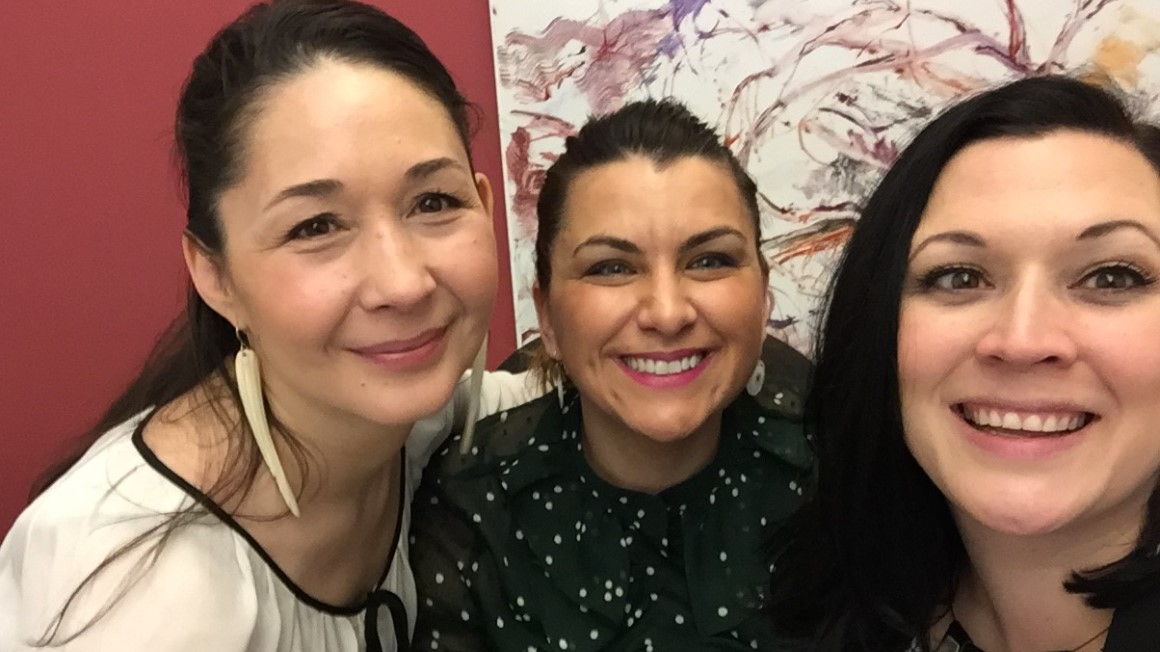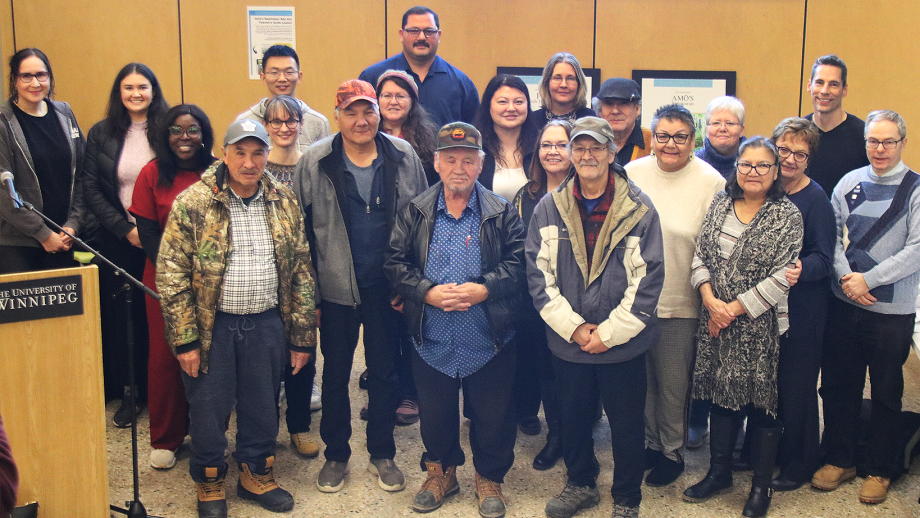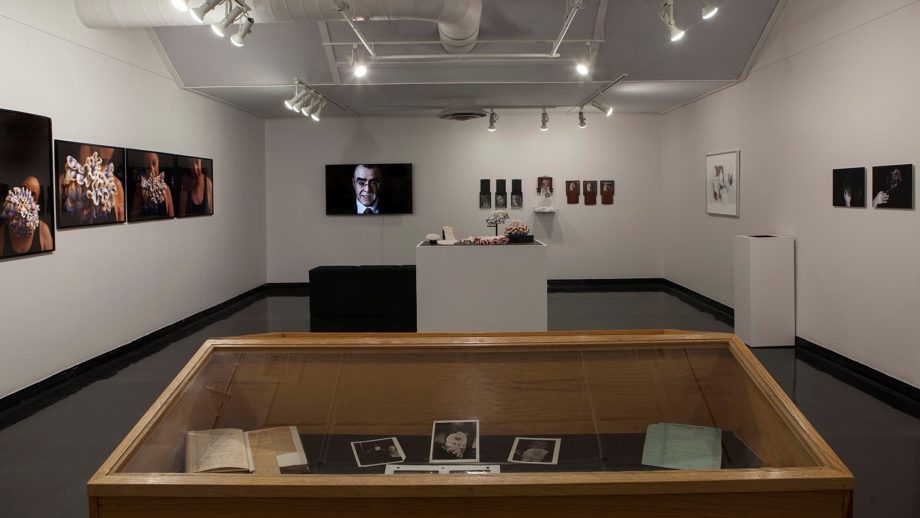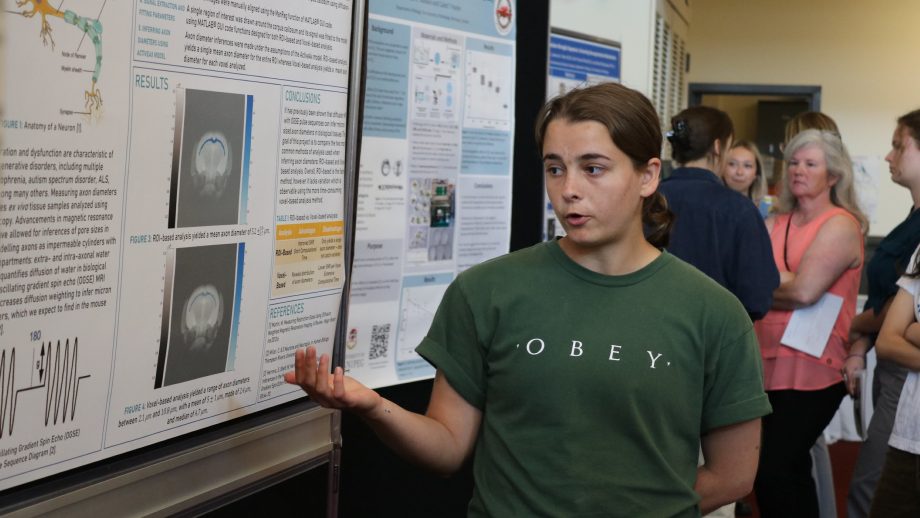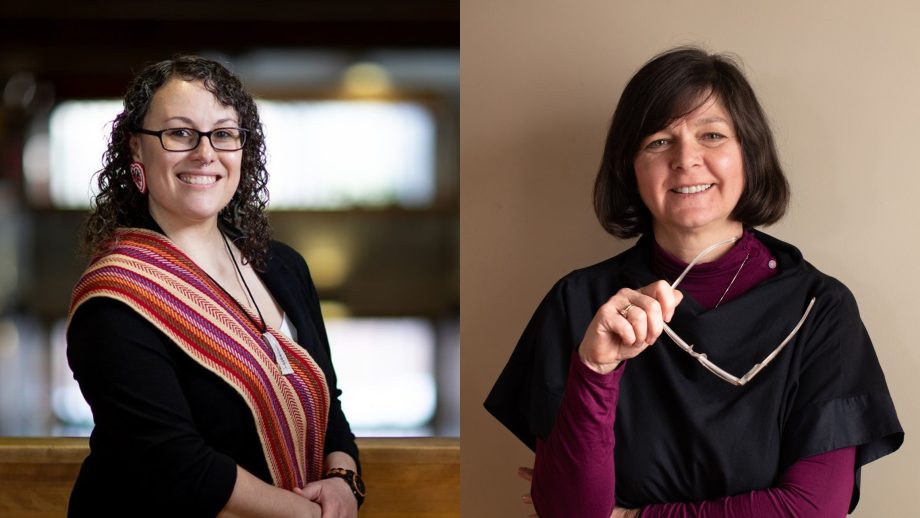Dr. Julie Nagam’s vision of creating a supportive mentorship network that allows racialized and marginalized students, faculty, and cultural workers to transform public space through art is coming to life, thanks to a $2.5 million Social Sciences and Humanities Research Council (SSHRC) Partnership Grant and a diverse and knowledgeable network of long-term community partners.
Dr. Nagam’s work continues to be innovative and inclusive, ensuring that the efforts of a community network of researchers and partners have tremendous impact.
Dr. Jino Distasio
The investment from SSHRC brings The Space Between Us project’s funding to approximately $6 million in cash and in-kind investments from over 40 research collaborators and 31 partner institutions from nine different territories, including Canada, Norway, United States (including Hawaii and Alaska), Australia, Greenland, New Zealand, and Finland.
Nagam is the Project Director and North American Lead on the project, which she is co-leading alongside Circumpolar Lead Dr. Heather Igloliorte from Concordia University and Pacific Lead Dr. Johnson Witehira from APOPO Indigenous Creative Tech Hub. The grant includes UWinnipeg art historians Dr. Serena Keshavjee and Dr. Cathy Mattes. They are working together to create a lasting network that extends to remote regions across Canada, the Pacific, and Circumpolar world, enhancing currently underdeveloped connections between these shared historical colonial spaces.
“This project is truly inspiring not only its global representation and breadth of work, but in bringing Dr. Nagam’s research to the world stage,” said Dr. Jino Distasio, Vice-President, Research and Innovation. “Dr. Nagam’s work continues to be innovative and inclusive, ensuring that the efforts of a community network of researchers and partners have tremendous impact. This project is one of many ongoing initiatives by Dr. Nagam and we remain humbled by her work and contributions to UWinnipeg and the community.”
Building cross-cultural connections

Dr. Julie Nagam and Dr. Johnson Witehira with Indigenous Design and Innovation Aotearoa team at APOPO. Photo supplied.
Collaborating across time zones, the research team plans to produce six publications (the first to be released in October 2021, Holding Ground: Nuit Blanche and Other ruptures); exhibitions; nine site-specific incubators; four summer institutes; land-based and creative workshops; symposia; residencies; and a series of virtual programming; all of which is designed to reach beyond academic circles to engage the community and create new outreach opportunities.
As Canada Research Chair in Indigenous Arts, Collaboration and Digital Media and an associate professor in UWinnipeg’s Department of History of Art, Nagam is interested in how public spaces – such as universities and downtown cores – can be transformed to forge new relationships between Indigenous and non-Indigenous communities in Canada and internationally.
“Working together, we can create new models for universities and art institutions to engage underserved members of marginalized communities, leading to the creation of new knowledges, advanced training opportunities, capacity building, higher enrolment in education, and BIPOC cultural resurgence,” she said.
Bringing together faculty from across arts disciplines and countries will fuel digital technologies and ultimately increase training and mentorship opportunities for emerging Indigenous and racialized scholars, curators, and content creators. Students, such as 12 recently hired BIPOC graduate students, will benefit from direct mentorship with experienced racialized scholars, which will open up new opportunities in training and employment in new media, academia, and community organizations.
Creating space for dialogue
Through The Space Between Us, Nagam explores how digital and new media art – created through innovative digital media labs and events such as workshops, makerspaces, incubators, and symposia – might create new paradigms for community engagement extending to remote and rural communities, both nationally and abroad.
“Having a world-class facility here on campus has made her work even more impactful and innovative,” said Distasio.
Starting off with a bang in Whitehorse, Yukon for the Arctic Art Summit with Igloliorte as circumpolar lead for June 2022 and Nuit Blanche Toronto, Ontario for October 2022, participants will experience in-person, large scale installations, talks, engagement with augmented and virtual reality as a full art takeover in Whitehorse and Toronto.
Examples of this include artists-in-residence in the new Aabijijiwan New Media Lab on campus, webinars, and the podcast Belonging to Place, a series of ten 40-minute podcasts which aim to “travel across urban, polar, and pacific landscapes to reveal the space between us as a potential site for sharing knowledges.”
In the above webinar, panelists reflect on the importance of building connections between Indigenous peoples of North America, the Circumpolar region, and the Pacific. They discuss how bringing together faculty and professionals from across arts disciplines and countries will fuel scholarship that is grounded in a confluence of Indigenous, feminist, and anti-oppressive methodologies of embodied and cultural knowledge that will integrate theory and practice.
Learn more about The Space Between Us.

